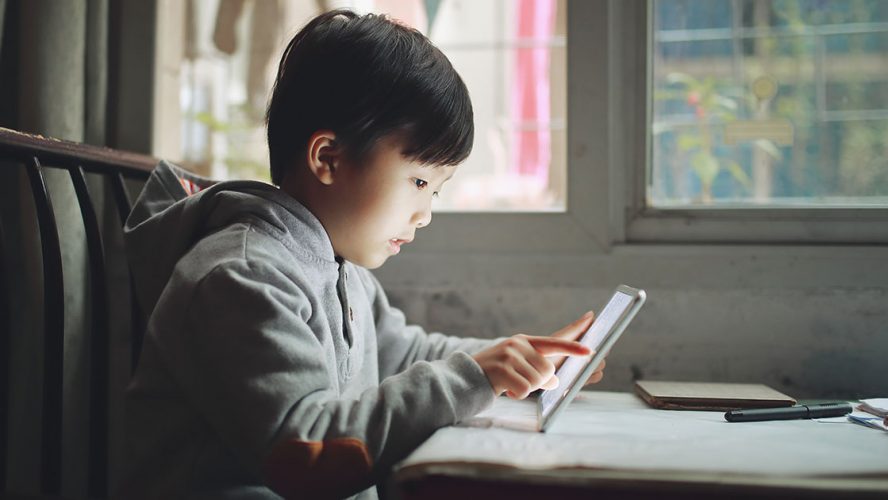I recently visited a school where Kindergarteners had already learned the basics of computer science. And it’s been amazing for me to watch my own young children become effortlessly bilingual, having myself gone through the painful process of learning a second language as an adult. Young children are little learning engines and, as such, we need to be sure we’re providing them with the right tools to support learning at an early age.
Think about screen time
Technology is one of the most powerful learning accelerators the world has ever seen. Children today will grow up with answers at their fingertips. They’ll learn at an early age that their peers aren’t just the kids in their neighborhood, but learners anywhere in the world with an internet connection. It’s too late to wait until children get to kindergarten to start teaching them how to use technology for learning.
Yet despite its potential, all technology use is not good technology use. When it comes to technology and young children, the primary issue we tend to focus on is “screen time.” It’s important to remember that the concept of screen time was developed for television — an inherently passive medium. In reality, technology brings interactivity, and the focus should be on carefully curating the right tools and apps by asking “What are they doing with it?” as well as “How much time are they spending using it?”
The right questions
So, what are some questions parents and teachers of young children should be asking when deciding what technology to use? Laura McLaughlin Taddei and Stephanie Smith Budhai provide some questions in their book “Nurturing Young Innovators: Cultivating Creativity in the Classroom, Home and Community”:
- Is the technology tool right for the child’s age?
- What can children learn with this tool?
- When and how often can children use this tool?
- Does the tool teach them to be good people?
- Is this technology tool helping children to think creatively and teaching them how to work with others?
Creating relationships
It’s also important to consider who they are using the technology with. When technology is used by young learners and caring adults together, it can strengthen relationships among parents, families, early educators and young children.
The International Society for Technology in Education (ISTE) has created a set of standards to guide the use of technology for students. The standards, available online, provide clear guidelines and a path forward for the use of technology for learning that’s focused on creating environments that inspire all students to live up to their amazing potential.
As parents and teachers of young children, we have the important responsibility to make sure we’re using the right tools in the right way to support these eager, creative, natural learners. I challenge teachers, especially those in the early education space, to join us in this exciting adventure that’s based in the best traditions of learning.

